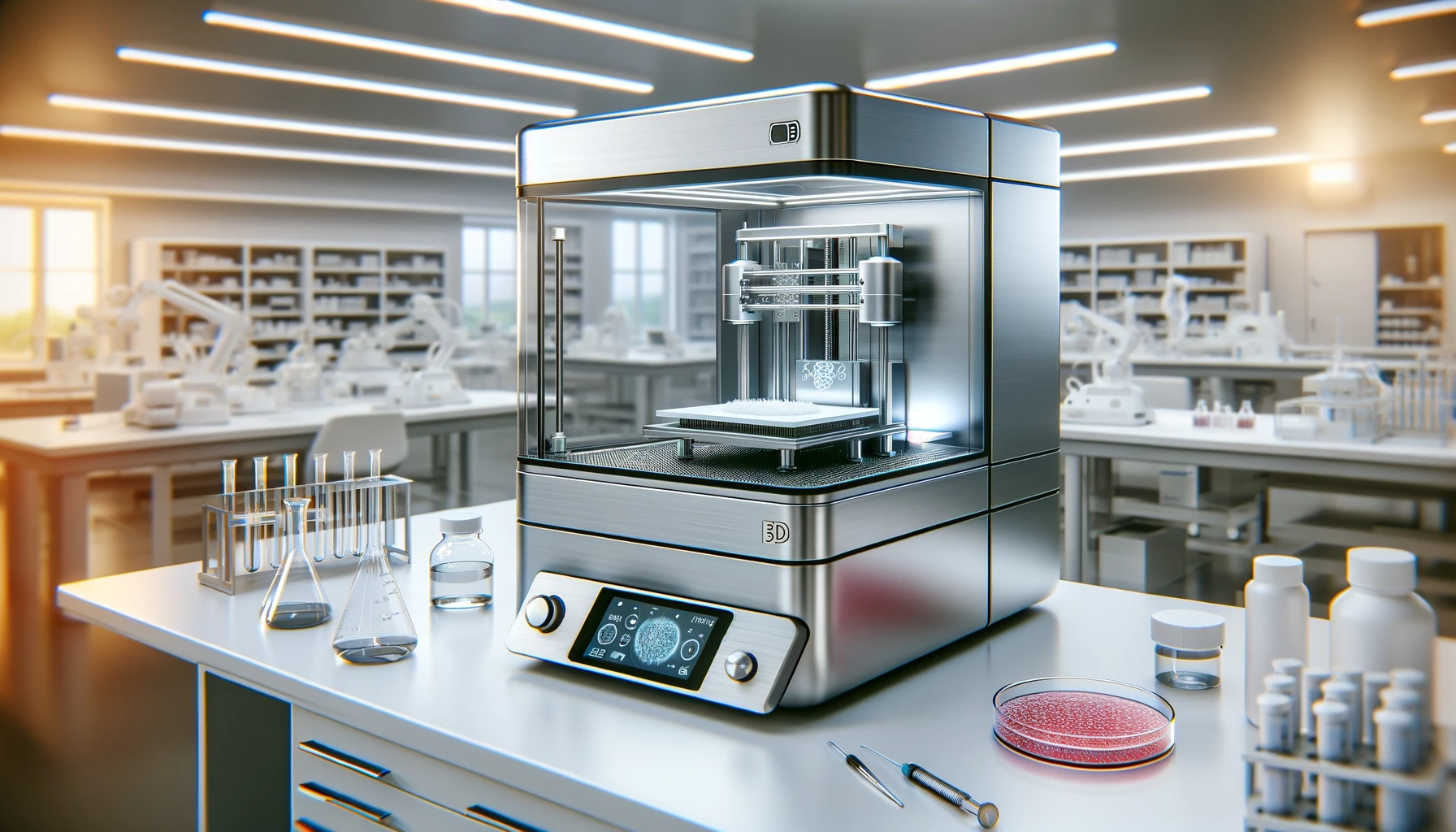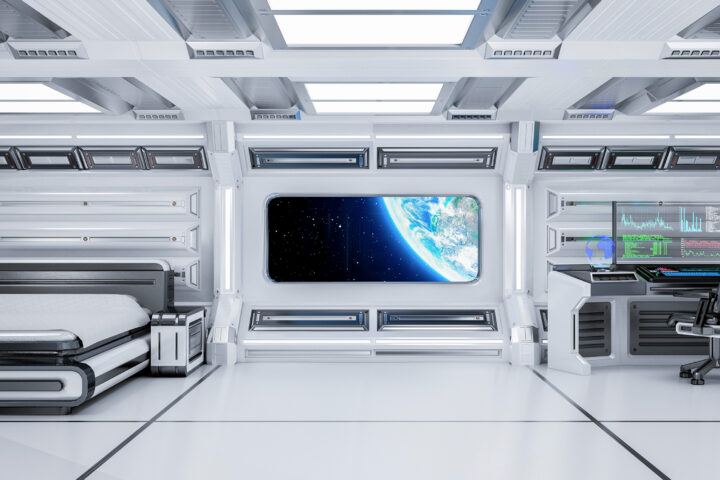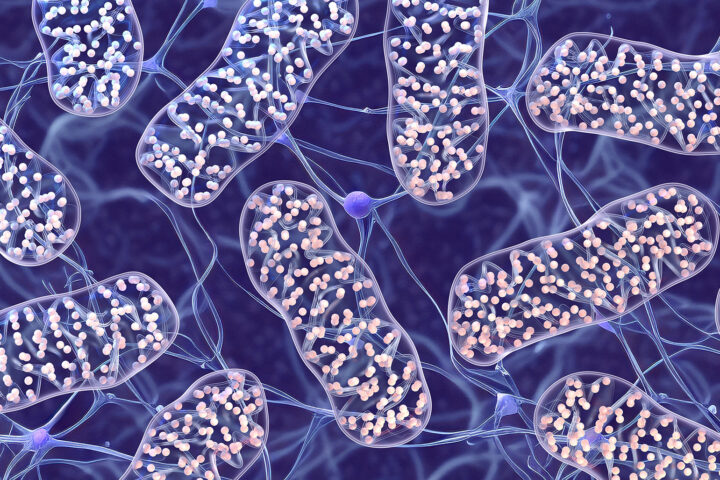Amid the burgeoning field of longevity biotechnology, 3D bioprinting emerges as a groundbreaking innovation poised to redefine our battle against aging and the persistent challenge of organ transplantation. This technology, which intricately layers living cells to form viable tissues and organs, promises a future where organ shortages may no longer pose a crisis. Yet, as we probe deeper, complex ethical dilemmas and technological hurdles surface, challenging the trajectory of this pioneering technology.
Unpacking 3D Bioprinting
At its core, 3D bioprinting harnesses the principles of additive manufacturing, meticulously assembling biological materials to craft tissue structures cell by cell. Advocates of the technology herald it as a beacon of hope for tissue engineering, regenerative medicine, and personalized healthcare solutions (RSC Publishing) (Stanford Eng.).
Probing the Applications: From Vision to Reality
Significant strides in bioprinting have been made in the domain of aging and organ replacement. As natural organ function declines with age due to biological and environmental stresses, 3D bioprinting could potentially fabricate bespoke, functional tissues tailored to individual patients, thereby circumventing issues of organ rejection and donor shortages.
A prominent example of this innovative application is the work spearheaded by researchers at Stanford University, who are on the cusp of bioprinting a human heart derived from a patient’s own cells—a potential game-changer in organ transplantation (Stanford Eng.). Meanwhile, advancements in bioprinting skin tissues have made it possible to replicate the intricate structures of human skin, which could revolutionize treatments in dermatology and cosmetic surgery, as well as provide new methods to combat skin aging (Frontiers).
Investigating the Challenges
Despite its potential, 3D bioprinting is ensnared by significant challenges. The precision required to print complex organs like the heart, with its myriad of cell types and intricate vascular structures, remains a formidable barrier. Furthermore, ethical debates swirl around the implications of printing human organs. Critics question the moral aspects of potentially extending life unnaturally, alongside concerns about the accessibility and regulation of such technologies (RSC Publishing) (Stanford Eng.).
Ongoing Research and Ethical Debates
Persistent efforts by the scientific community aim to refine the bioprinting process to ensure that these artificial tissues not only mimic but also function as natural organs do. The ongoing research endeavors to enhance the fidelity and functionality of bioprinted tissues to ensure their successful integration and operation within the human body.
Conclusion: A Look into the Future
As 3D bioprinting continues to evolve, it holds the potential to radically transform the landscape of healthcare and gerontology. The ability to print organs on demand could significantly extend human life quality and longevity. However, this journey is fraught with technological, ethical, and regulatory challenges that must be navigated thoughtfully.












